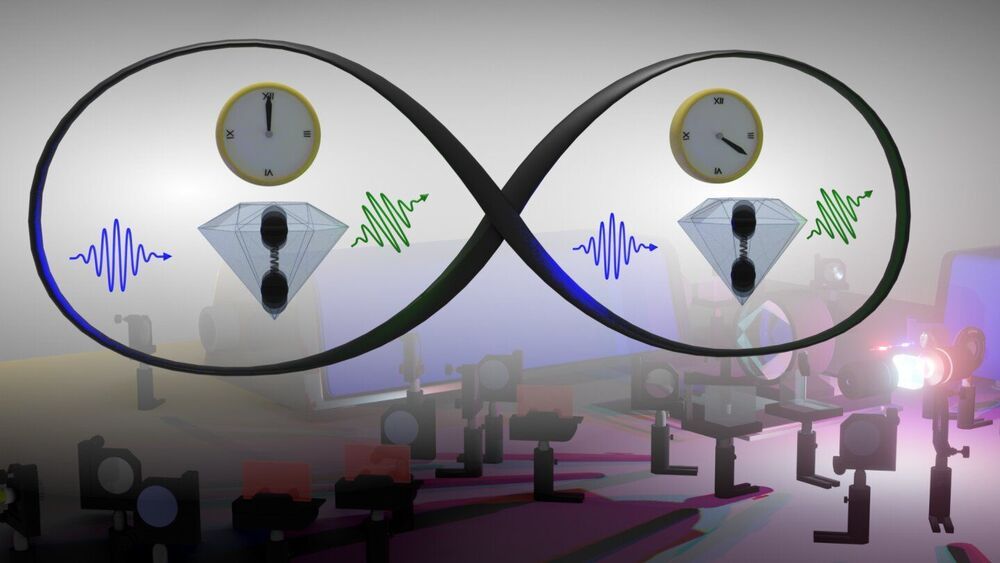An especially counter-intuitive feature of quantum mechanics is that a single event can exist in a state of superposition—happening both here and there, or both today and tomorrow.
Such superpositions are hard to create, as they are destroyed if any kind of information about the place and time of the event leaks into the surrounding—and even if nobody actually records this information. But when superpositions do occur, they lead to observations that are very different from that of classical physics, raising questions that spill over into our very understanding of space and time.
Scientists from EPFL, MIT, and CEA Saclay, publishing in Science Advances, demonstrate a state of vibration that exists simultaneously at two different times, and provide evidence of this quantum superposition by measuring the strongest class of quantum correlations between light beams that interact with the vibration.
